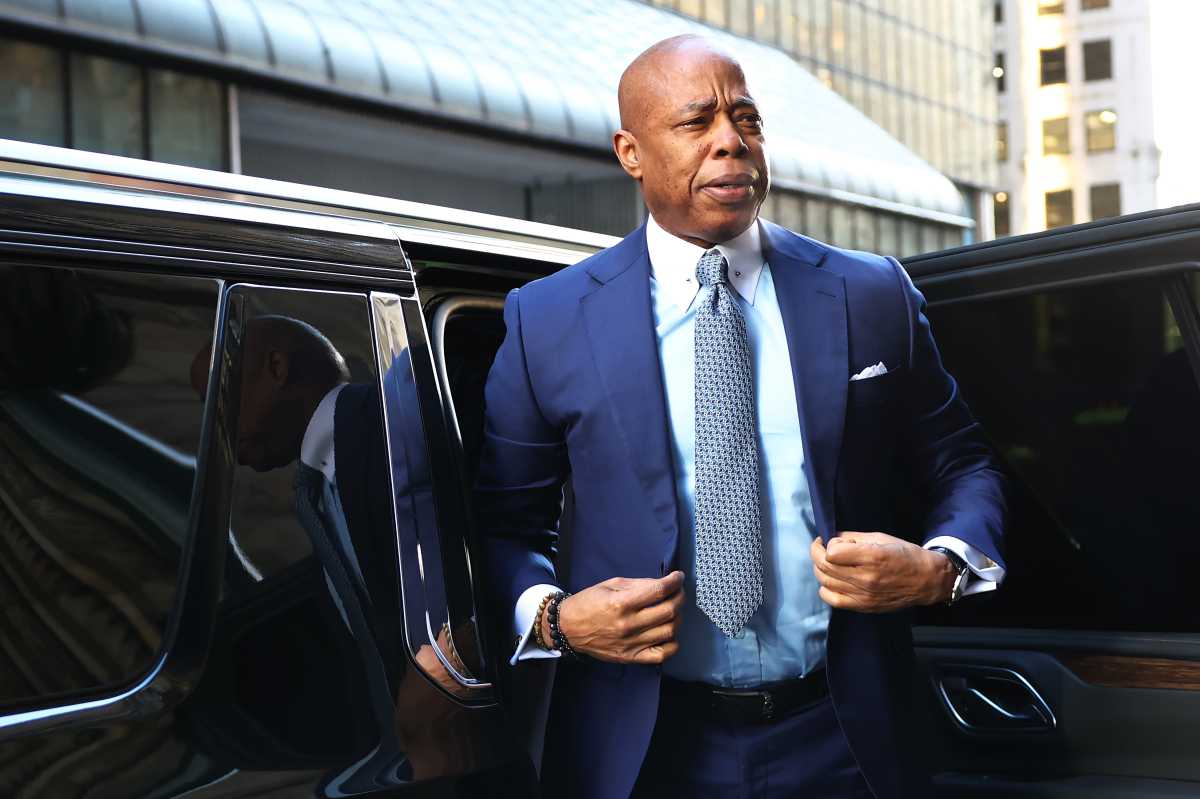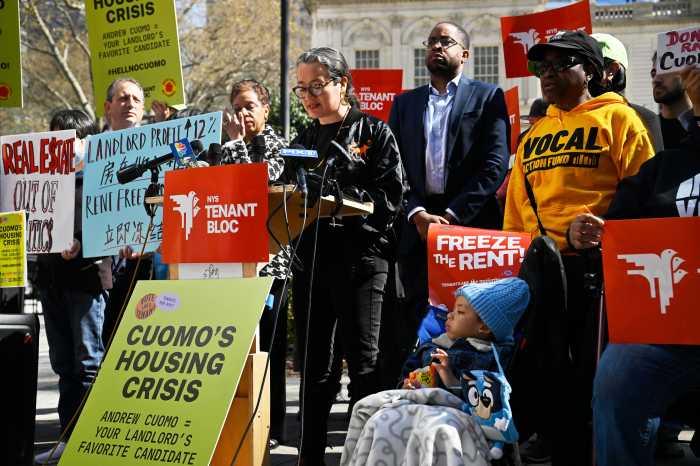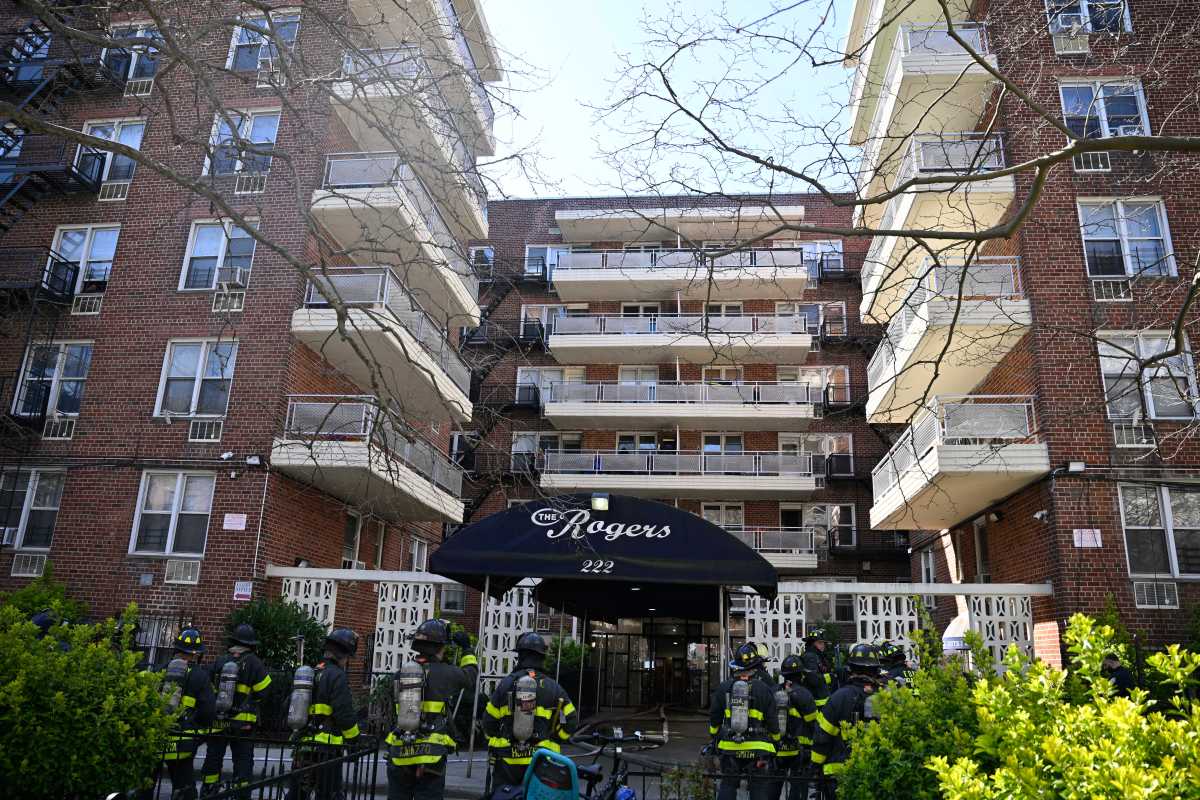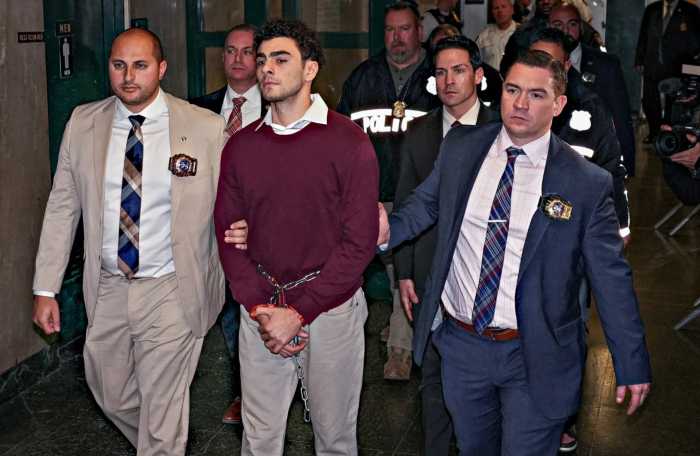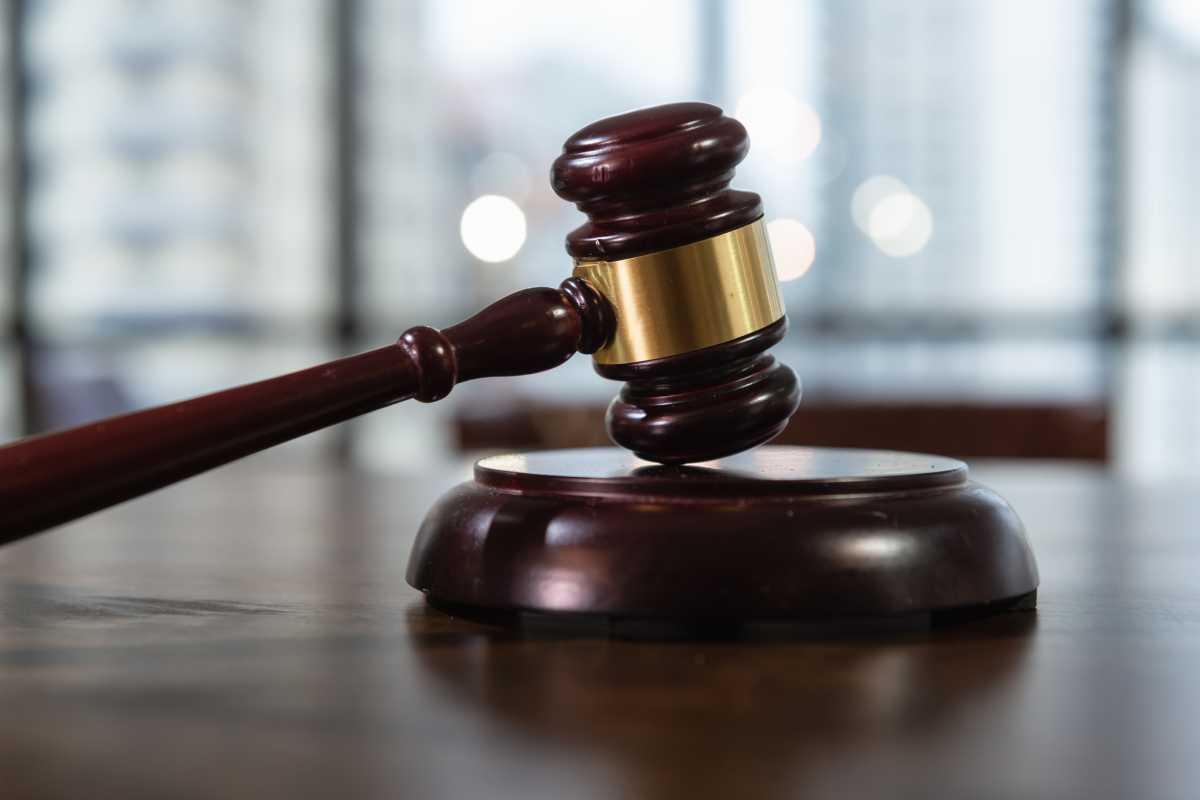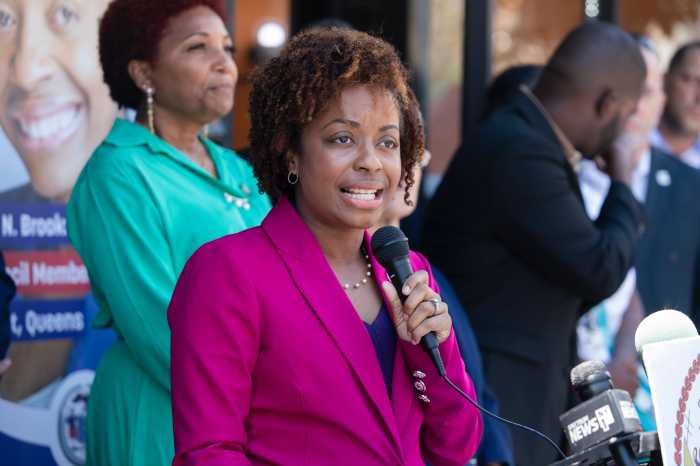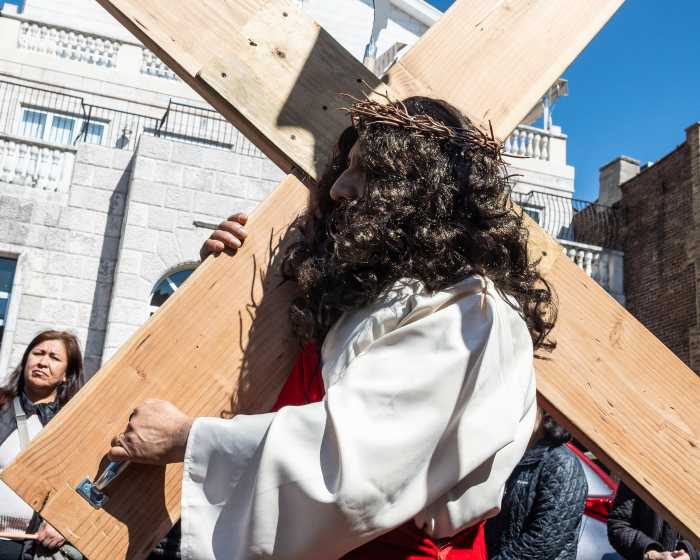Gotham. The City That Never Sleeps. The Melting Pot.
New York City has earned plenty of nicknames over the years, but none have stuck quite like the Big Apple.
As New Yorkers, we walk past references daily on billboards and marquees. We’ve seen the T-shirts in Times Square, and we’ve probably even uttered the phrase ourselves from time to time. (Although, let’s be honest, “The City” usually suffices. Is there any other?)
But where does the term “the Big Apple” actually come from? After decades of debate, etymologist Barry Popik is credited with finding a concrete answer.
According to Popik’s theory, the nickname was popularized by horse racing in the 1920s, when John J. Fitz Gerald, a sports reporter for the New York Morning Telegraph, began to use it in his writing. A jockey’s greatest prize was to race in New York City, he explained in a column for the paper in 1924: “The Big Apple. The dream of every lad that ever threw a leg over a thoroughbred and the goal of all horsemen. There’s only one Big Apple. That’s New York.”
Though it is still unclear why the apple was the fruit of choice, Fitz Gerald reportedly heard the phrase being thrown around by stable boys throughout the country, who aspired to be in NYC, where there was big money to be made. For them, the Big Apple was a symbol of wealth and opportunity.
The moniker quickly caught on and was soon used by writers in contexts outside of horse racing, and jazz musicians began referring to the Big Apple in a similar fashion, as the ultimate place to score a gig.
In 1971, a tourism campaign officially adopted the Big Apple as New York City’s nickname, and created the red apple logo we know today. The intersection of 54th Street and Broadway was dubbed Big Apple Corner in 1997, marking the spot Fitz Gerald called home.



